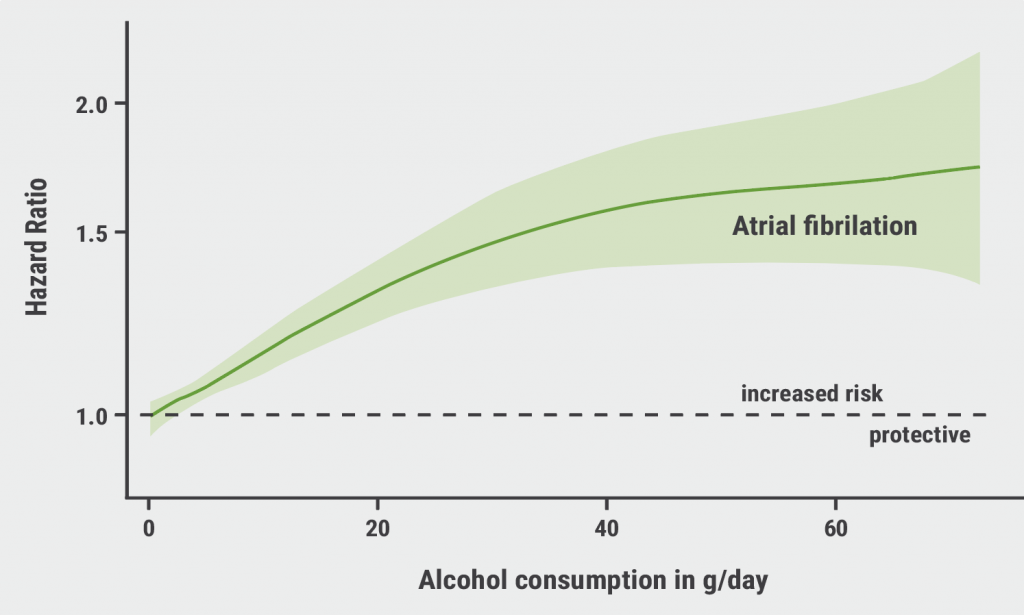"Although reduced RV function is a known predictor of worse outcomes in patients with SMR, indexing RV function to afterload (i.e., PA pressure) may be an important parameter for determining outcomes with SMR therapy," Dr. Rebecca Hahn of Columbia University Irving Medical Center in New York City told Reuters Health by email.
"Our study found that patients with advanced RV-PA uncoupling (lower RV-PA index) experienced an approximate two-fold increase in the risk for death or HF hospitalization at two-year follow-up relative to patients with coupled RV contractile function and afterload," she said.
"The prognosis of patients treated with both transcatheter edge-to-edge repair (TEER) and guideline-directed medical therapy (GDMT) alone was worse if advanced RV-PA uncoupling was present," she noted.
Nonetheless, she added, "TEER for SMR improved clinical outcomes with a consistent effect regardless of RV-PA uncoupling. This measure of RV contractile function indexed to afterload may be another parameter to help clinicians determine appropriate SMR patients for TEER therapy."
As reported in JACC: Cardiovascular Interventions, Dr. Hahn and colleagues assessed RV-PA coupling by the ratio of RV free wall longitudinal strain derived from speckle-tracking echocardiography and noninvasively measured RV systolic pressure.
Advanced RV-PA uncoupling was defined as RV free wall longitudinal strain/RV systolic pressure of 0.5%/mm Hg or less.
The team analyzed data from 372 patients (mean age, about 71; bout 60% men) who underwent speckle-tracking echocardiography; 70.2% had advanced RV-PA uncoupling.
By multivariable analysis, advanced RV-PA uncoupling was strongly associated with an increased risk for the primary 24-month endpoint of death or HF hospitalization (HR: 1.87). The association was similar for all-cause mortality alone (HR: 2.57).
Further, as Dr. Hahn indicated, the impact of RV-PA uncoupling was consistent in patients randomized to TEER or GDMT alone. Compared with GDMT alone, the addition of TEER improved 2-year outcomes in patients with advanced RV-PA uncoupling (48% vs. 74.8%; HR, 0.51) and those without (28.8% vs. 47.8%; HR, 0.51).
The authors state, "Given these findings, HF with severe SMR should be added to the list of cardiovascular conditions in which RV dysfunction, specifically as defined by abnormal RV-PA coupling, is an important determinant of long-term prognosis."
Dr. Hahn added, "Additional studies are needed to evaluate the durability of this finding in selected patient populations (i.e., those with marked pulmonary hypertension, who were excluded from the COAPT trial) and whether RV-PA coupling changes following TEER."
Dr. Joshua Yamamoto, a cardiologist with the Foxhall Foundation in Washington, D.C., commented in an email to Reuters Health, "We have known for a long time that when left heart failure finally leads to right heart failure, the outcomes for patients are poor, yet our ability to quantifythat has always been based more on a clinical assessment rather than a measurable metric. These researchers provide a mechanism to quantify the highest-risk patients."
"By definition, all of the patients in this study had mitral regurgitation essentially due to myocardial dysfunction," he said. "It is commonly forgotten that myocardial dysfunction is not the result of a single process. Did the left heart fail because we allowed this patient to have ischemic disease? Did we allow this patient to have unmanaged sinus node dysfunction and atrial fibrillation? Did we allow this patient to have undertreated hypertensive disease?"
"Merely identifying people with end-stage illness and then identifying those who are going to do the worst is not the whole story," he added. "The research serves as a reminder to all clinicians that is it important to tend to the health of the left ventricle... As the left ventricle fails, so will the function of the mitral valve and that will accelerate the patient's decline."
Dr. William Kessler, Cardiothoracic Surgeon at CTVS and Surgical Director of Cardiac Transplantation and Mechanical Circulatory Support at Ascension Seton in Austin, Texas also commented by email, "The authors' innovative use of advanced echo techniques and subset analysis of COAPT data demonstrated the importance of RV function to survival and outcomes. How much the RV contributed to the improved outcomes in the TEER arm of the COAPT trial is not known."
"The results and conclusions of the paper rest on the standardization of echo technique and interpretation," he noted. "Analysis by the core lab would require adequate visualization of the RV for these findings to be valid. This was undoubtedly accomplished by this group of investigators, but it would be paramount to expand the technique to those less familiar with this modality."
The study was funded by Abbott. Several coauthors have received funds from the company.
SOURCE: https://bit.ly/3wfcLM3 and https://bit.ly/3nUd5vF JACC: Cardiovascular Interventions, online October 18, 2021.
Posted on
Previous Article
« Tau replication in local brain regions, not spread between regions, drives Alzheimer’s pathology Next Article
Older HPV vaccine cuts cervical cancer rate up to 87%, study finds »
« Tau replication in local brain regions, not spread between regions, drives Alzheimer’s pathology Next Article
Older HPV vaccine cuts cervical cancer rate up to 87%, study finds »
Related Articles

June 15, 2022
Surprise outcome for SODIUM-HF
© 2024 Medicom Medical Publishers. All rights reserved. Terms and Conditions | Privacy Policy

